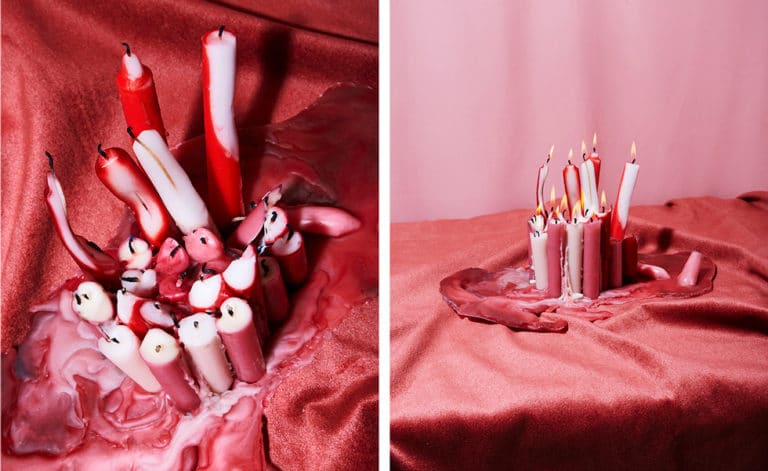How can we do Christmas differently and more sustainably in 2018?

As Christmas is finally behind us, and our unprecedented ecstasy begins to sink lower—along with the mounts of food we have ingested—perhaps it’s time to ponder over the environmental impact of this holiday. Between the decorations and lights (not just in your homes but in the streets of pretty much every village, town or metropolis), food stocks that are sufficient for war-time rations, wrapping paper, and presents of all sorts, this festive period is a culprit of waste and environmental damage beyond what meets the eye (or imagination).
According to a recent report published by Commercial Waste, a waste and recycling publication in the U.K. that specialises in exposing industry stories and regulatory news, the impact of Christmas on food and drink consumption amounts to 370 million mince pies, 250 million pints of lager and beer, 35 million bottles of wine, and 10 million turkeys. It is difficult to imagine these figures in any sort of relatable terms or scenarios; it always is when measurements such as tons and millions are used to capture our attention. To give you a better understanding of the sheer volumes, the U.K. alone consumes 80 percent more than the rest of the year during the week leading up to and during Christmas. And with higher consumption inevitably comes higher waste levels. According to Commercial Waste, this amounts to “230,000 tonnes of food during the Christmas period” that heads straight to waste landfills. “That’s the equivalent of: 74 million mince pies and 2 million turkeys. At the price of £275 million.”
Food of course is only one facet of the Christmas lunacy that takes over us during the festivities. Beyond the shopping spike there is the often overlooked yet fundamental aspect of wrapping paper and packaging. For this year’s Christmas, the U.K. was expected to go through 227,000 miles of wrapping paper, 500 tonnes of tin foil, and 125,000 tonnes of plastic packaging. The piles of wrapping paper that end up in landfills and take decades to deteriorate are, gravely, expected. But what comes as an unexpected surprise is that according to recent Greenpeace’s recent findings, “1kg of wrapping paper emits 3.5Kg of CO2 during its production process, taking 1.3kg of coal to power its production.”
Each year, the U.K. population purchases between six to eight million real Christmas trees, with another five million households opting for artificial trees. The debate between the environmental costs of artificial and real trees is an ongoing one, yet according to the Commercial Waste report, while—in theory—artificial trees can be reused, they are produced in Korea and shipped to Europe and the U.K. and are, of course, non-biodegradable and largely end up in landfills. On the other hand, real trees, while too ending up dumped by the millions in landfills, are biodegradable and nurture and stabilize the soil in the seven to ten years it takes to grow them and are transported much shorter distances to reach U.K. homes, thus their carbon footprint is lower.
The holiday season thrives on consumption; on over indulgence and on a sense of plenty, and there is also something unique and enjoyable in that. As the dark months approach, our streets and homes are lit with fairy lights and candles and light is refracted on shimmering decorations. The Commercial Waste report isn’t here to take that away. But instead, these figures should urge us to think differently about Christmas.
What these figures show is that we desperately need to shift our consumer attitude throughout Christmas and other festive periods. Can your tree be sourced locally or if you are opting for a fake tree, can you keep it for several years or even a decade? Can you keep last years’ wrapping paper and reuse it? Can the lights be turned on for shorter time spans? (It was reported that on average, Christmas lights in homes were on for 10 hours per day).
Screaming about the consumerist toll of Christmas sure sounds like tilting at windmills, yet, if these figures managed to spark in you even the slightest thought on how you can make your Christmas traditions more environmentally friendly, then the counts were worthwhile.




